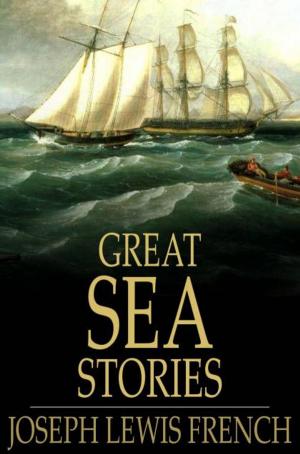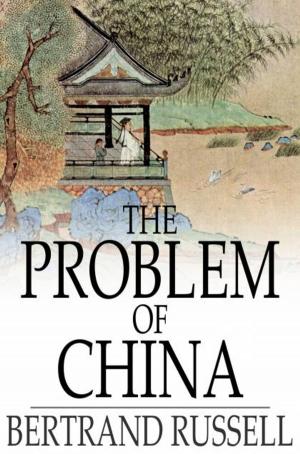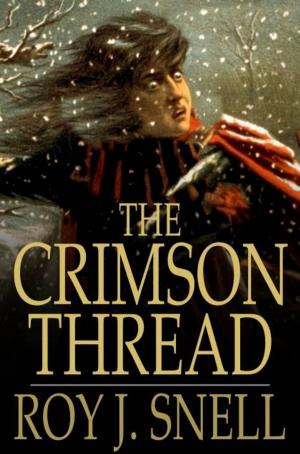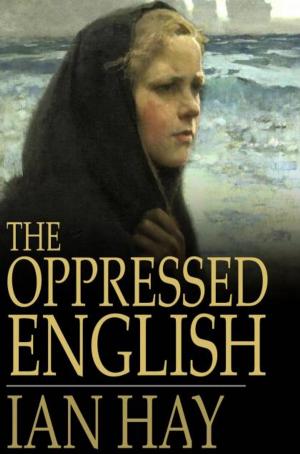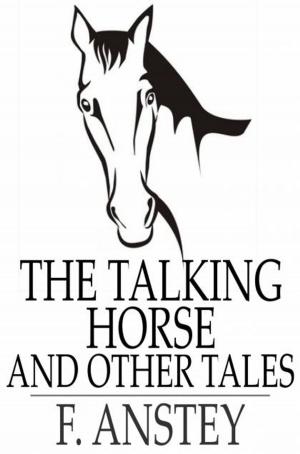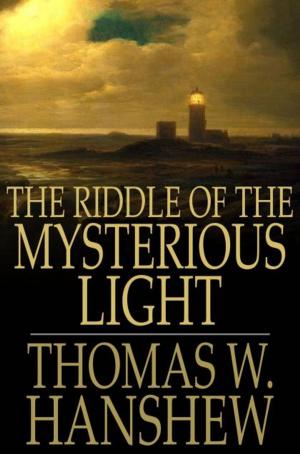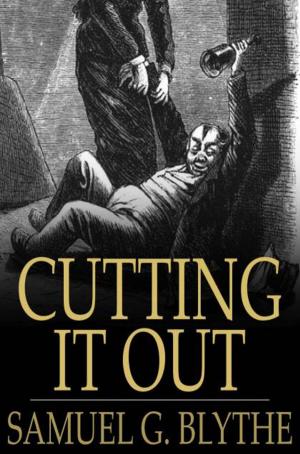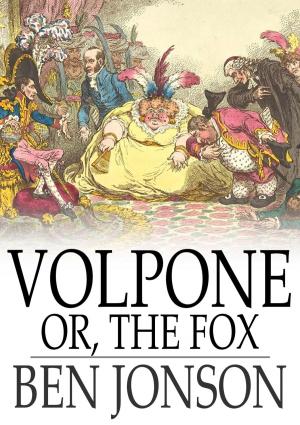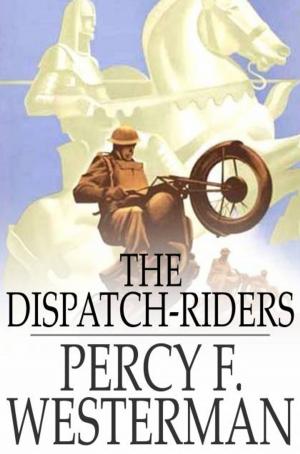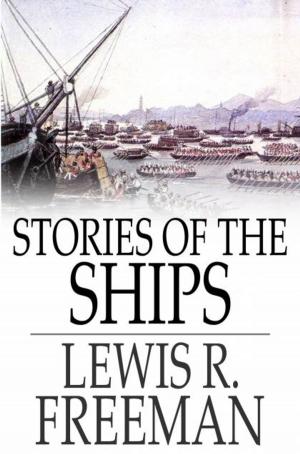| Author: | Lodovico Ariosto | ISBN: | 9781775414889 |
| Publisher: | The Floating Press | Publication: | April 1, 2009 |
| Imprint: | The Floating Press | Language: | English |
| Author: | Lodovico Ariosto |
| ISBN: | 9781775414889 |
| Publisher: | The Floating Press |
| Publication: | April 1, 2009 |
| Imprint: | The Floating Press |
| Language: | English |
Orlando Furioso ("The Frenzy of Orlando", more literally "Mad Orlando") is an Italian romantic epic by Ludovico Ariosto, published in its complete form in 1532 and exerting a wide influence on later culture. It is a continuation of Matteo Maria Boiardo's unfinished romance Orlando Innamorato ("Orlando in Love"). From the backdrop of war between Charlemagne and his Christian paladins, and the Saracen army attempting to invade Europe, the poem wanders at will from Japan to the Hebrides, and includes many fantastical elements, such as a trip to the moon and an array of fantastical creatures including a gigantic sea monster and the hippogriff. Many themes are interwoven in its complicated, episodic structure, the most important being the paladin Orlando's unrequited love for the pagan princess Angelica, which develops into the madness of the title. At 38,736 lines, Ariosto's work is one of the longest poems in European literature.
Orlando Furioso ("The Frenzy of Orlando", more literally "Mad Orlando") is an Italian romantic epic by Ludovico Ariosto, published in its complete form in 1532 and exerting a wide influence on later culture. It is a continuation of Matteo Maria Boiardo's unfinished romance Orlando Innamorato ("Orlando in Love"). From the backdrop of war between Charlemagne and his Christian paladins, and the Saracen army attempting to invade Europe, the poem wanders at will from Japan to the Hebrides, and includes many fantastical elements, such as a trip to the moon and an array of fantastical creatures including a gigantic sea monster and the hippogriff. Many themes are interwoven in its complicated, episodic structure, the most important being the paladin Orlando's unrequited love for the pagan princess Angelica, which develops into the madness of the title. At 38,736 lines, Ariosto's work is one of the longest poems in European literature.



